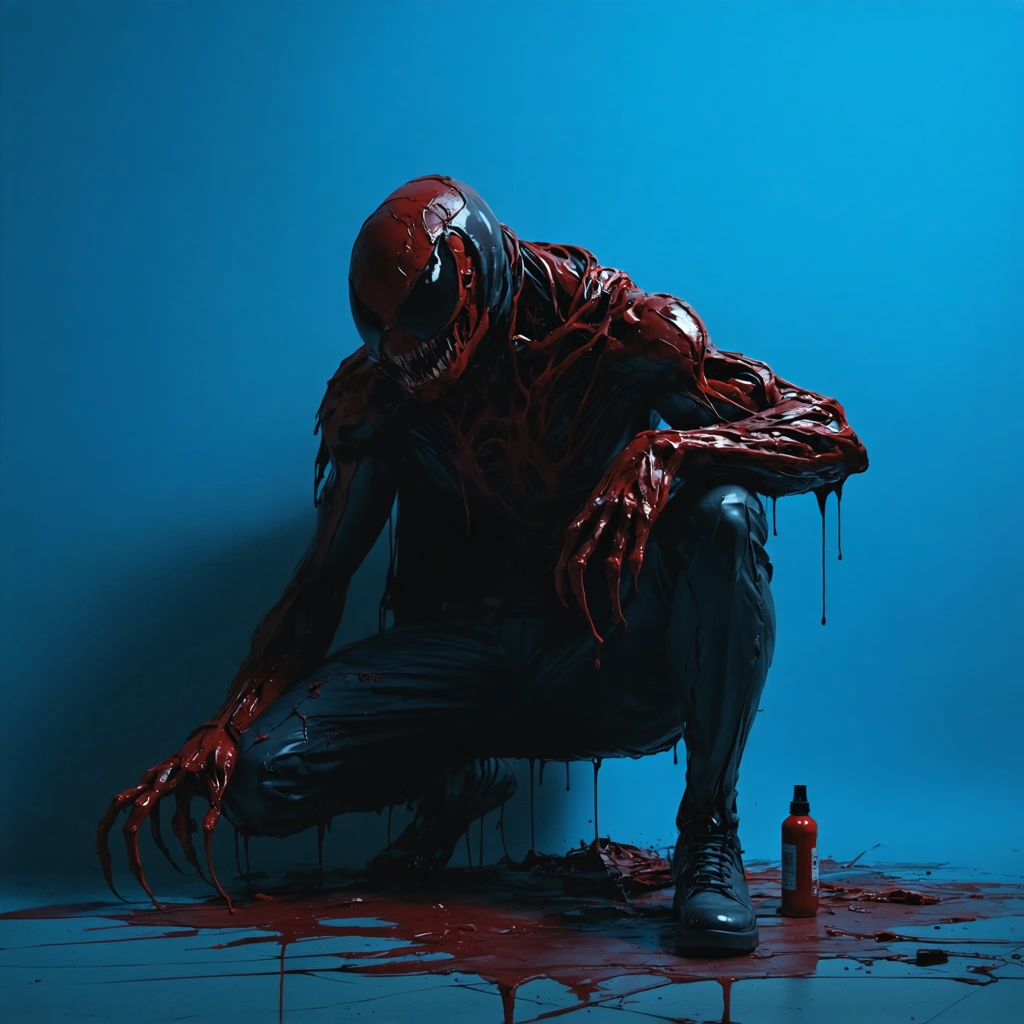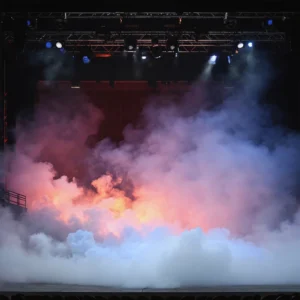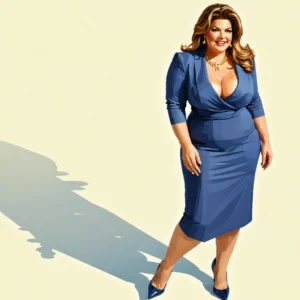
Introduction to the Business of Dark Comedy
The entertainment landscape is experiencing a transformational shift as contemporary series merge traditionally disparate genres to create uniquely engaging experiences. “Deli Boys” exemplifies this trend, where creator Abdullah Saeed combines the visceral elements of gangland intrigue with a boldly comedic narrative. In this business analysis, we examine how Saeed’s creative decisions—particularly the deliberate curation of “gore level”—serve not only as narrative devices but also as strategic tools to capture distinct viewer demographics across network and digital media platforms.
The Intersection of Comedy, Violence, and Business Strategy
Understanding the Dual Narrative Framework
In “Deli Boys,” the narrative oscillates between violent storylines and humorous undertones. Saeed’s approach is rooted in an understanding that audiences today seek layered stories which provide both entertainment and introspection. The series’ unique blend of gangland drama and black humor is carefully engineered to attract viewers who appreciate satire as much as they do suspense. This dual narrative framework is a business asset, offering:
- Broad demographic appeal
- Diversified revenue streams through varied audience engagement
- Opportunities for cross-platform marketing initiatives
Business leaders in the media industry note that blending humor with gritty narratives enables content creators to leverage mature themes while maintaining accessible, lighthearted elements that engage both traditional and modern audience segments.
Strategic Implementation of the ‘Gore Level’ Aesthetic
Abdullah Saeed’s method includes curating explicit levels of violence and visceral imagery to accentuate the gritty undercurrents of the series. This calculated choice is executed with a clear business strategy in mind:
- Brand Differentiation: The distinctive “gore level” sets the series apart in a saturated market, ensuring that it stands out on competitive networks.
- Enhanced Viewer Engagement: The audacious deployment of graphic elements stimulates discussion and social media interaction, driving word-of-mouth marketing and audience retention.
- Cross-Market Appeal: Simultaneously catering to fans of dark comedy and traditional gangster narratives, the series bets on multi-modal engagement that increases its market footprint.
This strategy parallels contemporary marketing practices where controversial yet controlled content encourages brand visibility and media buzz.
Operational and Creative Synergies in Production
Behind the Scenes: Balancing Creative Vision and Business Requirements
The production of “Deli Boys” illustrates a broader trend in the media industry where artistic vision converges with commercial imperatives. Abdullah Saeed not only focuses on humor and narrative but also manifests a deep understanding of the production logistics behind high-impact visual storytelling. Key operational elements include:
- Adoption of state-of-the-art visual effects and practical makeup artistry to achieve realistic gore while staying within budget constraints.
- Collaborative workshops with stunt coordinators, scriptwriters, and production designers to maintain a consistent tone and style throughout the series.
- Negotiating complex licensing agreements and form partnerships with production houses experienced in both high-risk narratives and comedic formats.
Financial Implications and Audience Metrics
Investments in a series with both humor and high-intensity visual elements require robust financial planning. The measured “gore level” is more than an aesthetic choice—it is central to the series’ value proposition. A preliminary financial analysis may include:
| Aspect | Impact | Strategic Value |
|---|---|---|
| Production Costs | Higher initial investment in special effects and quality makeup | Long-term cost efficiency through high audience retention |
| Marketing Expenditure | Innovative, niche-targeted campaigns focusing on dark comedy fans | Enhanced buzz and organic growth through social media virality |
| Viewer Engagement | Mixed responses creating a dynamic community dialogue | Data-rich feedback loops for future series development |
By capitalizing on these operational insights and viewer metrics, the business strategy underlying “Deli Boys” is positioned as a case study in effective risk-taking and market differentiation within the competitive world of streaming media.
Future Outlook and Industry Implications
Adapting Business Models for Contemporary Audiences
Series like “Deli Boys” are pivotal in redefining television and streaming content. The integration of dark humor with alternative narrative elements has set a new precedent that other content creators are looking to emulate. Business executives note that in adapting to contemporary tastes:
- Content must continuously evolve to reflect changing social norms and artistic preferences.
- Investments in innovative production techniques and narrative risks can pay significant dividends in brand loyalty.
- Agile creative strategies that blend diverse genres are increasingly important in a fragmented media market.
This model highlights the necessity for production houses to remain agile, ensuring that creative risk-taking is aligned with fiscal prudence and operational excellence.
Conclusion: A Blueprint for Success in Modern Media
The creative journey of Abdullah Saeed with “Deli Boys” offers an insightful blueprint for achieving success within an increasingly competitive media industry. By curating distinct aesthetic choices such as the “gore level,” the series marries controversial subject matter with innovative humor, creating an enduring impact that is both artistically and economically beneficial. This case model advocates for the importance of:
- Innovative content creation that challenges traditional narrative boundaries.
- Diversified business strategies that cater to niche audiences while appealing broadly.
- Holistic production management that aligns visual, narrative, and financial objectives.
The business implications of “Deli Boys” extend far beyond its immediate market success, proposing a strategic framework that can be adapted by other creatives and corporate storytellers in the evolving digital era. Industry stakeholders can draw on this series to understand the balance between artistic integrity and commercial acumen. As the media landscape becomes more competitive, embracing such hybridized content strategies will likely be the key to sustained audience engagement and competitive differentiation in the global marketplace.




